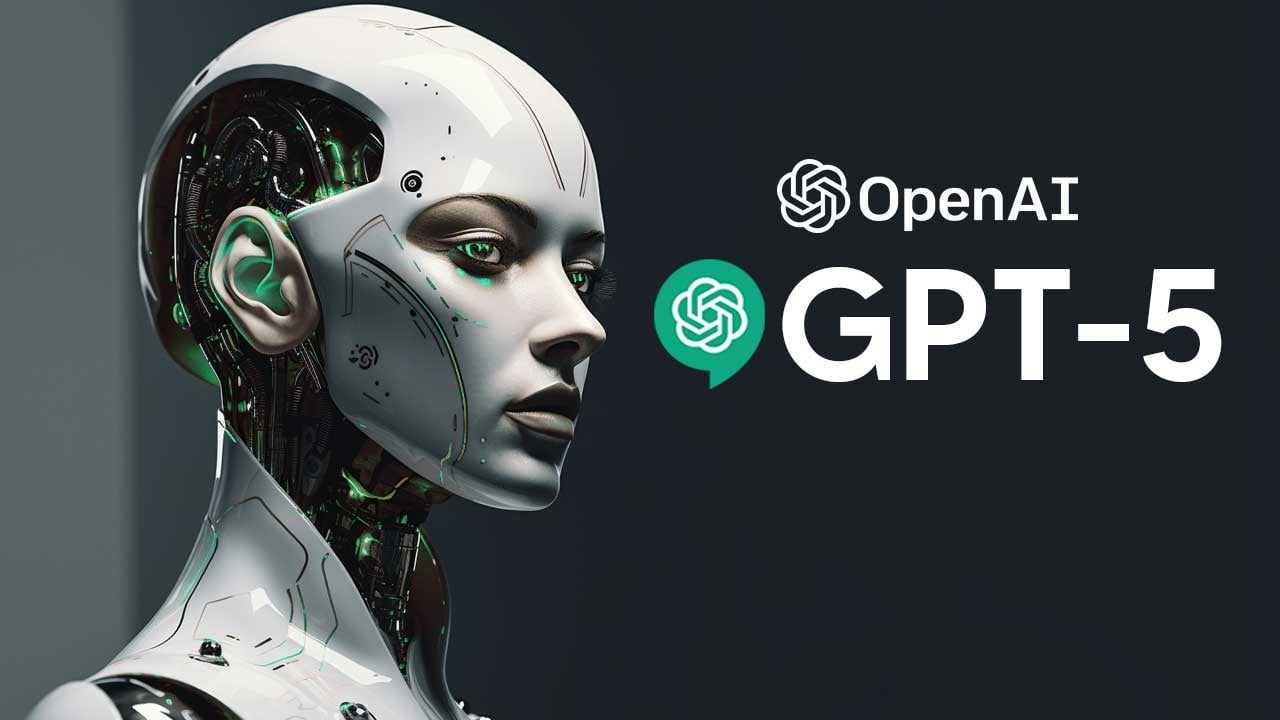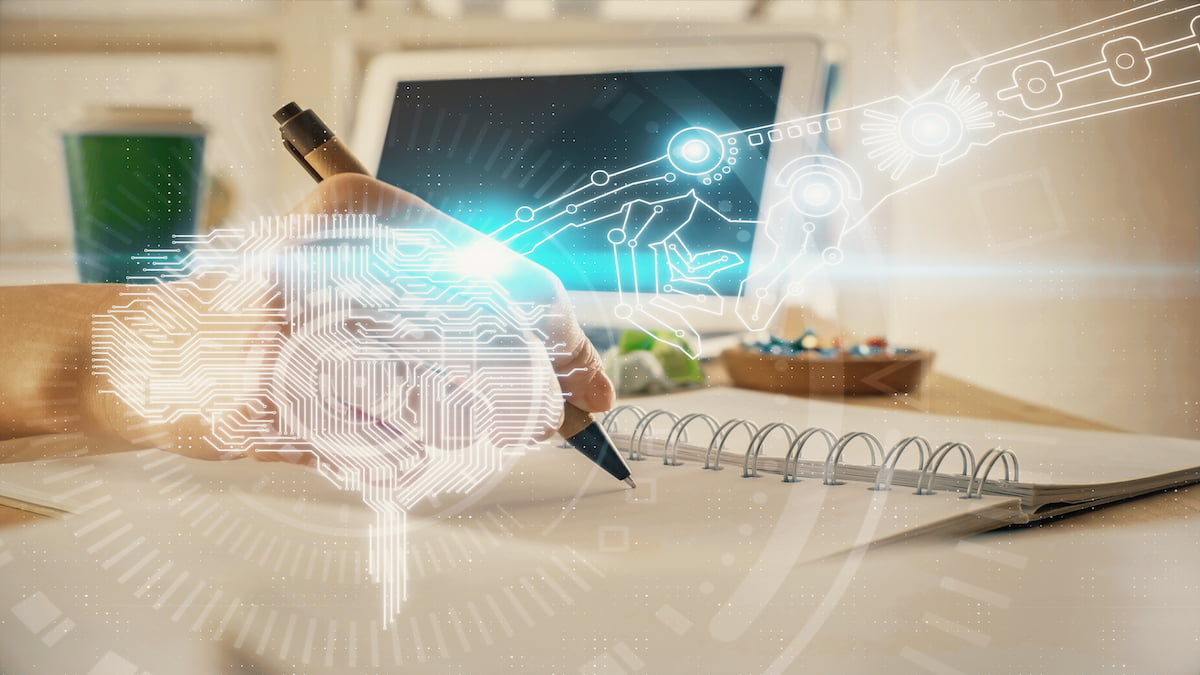Artificial Intelligence (AI) and Robotics are two groundbreaking technologies that have long captured the imagination of innovators and thinkers. Their convergence has led to a new era of automation, efficiency, and adaptability. This article delves into the applications, challenges, ethical considerations, and the promising future of AI in robotics.
Applications of AI in Robotics
Industrial Automation: AI-powered robots are no longer confined to the realms of science fiction; they are now at the core of modern manufacturing and logistics. From the assembly of intricate automobile parts to sorting packages in sprawling warehouses, these intelligent machines have introduced a new level of efficiency and precision. They can tirelessly perform repetitive tasks, adapt to variations in products, and even collaborate with human workers. Industries across the globe are leveraging this technology to enhance productivity and reduce human error, setting a new standard for operational excellence.
Healthcare: In the medical field, AI-driven robotics is making a profound impact, both in the operating room and in diagnostics. Surgical robots, guided by AI algorithms, are performing delicate procedures with accuracy that surpasses human hands. They offer surgeons unprecedented control and vision, reducing the risk of complications. Moreover, AI in healthcare extends beyond surgery; it’s assisting in early diagnosis, personalized treatment planning, and patient monitoring. By analyzing vast amounts of data, AI can identify patterns and assist healthcare professionals in making informed decisions, leading to improved patient outcomes.

Domestic Robots: The application of AI in robotics is not limited to industry or healthcare; it’s also making its way into our homes. AI-enabled robots are becoming household helpers, assisting with chores, providing companionship, and even aiding in the care of children and the elderly. These robots can learn and adapt to individual preferences, creating personalized experiences. Whether it’s a robotic vacuum cleaner that navigates around furniture or a personal assistant that understands voice commands, the integration of AI in domestic robots is enhancing our daily lives in surprising ways.
Exploration: Exploration is perhaps one of the most exciting applications of AI in robotics. Robots powered by AI are reaching places that are otherwise inaccessible or too dangerous for humans. They are exploring the farthest reaches of space, diving into the deepest parts of the oceans, and providing vital data in the aftermath of natural disasters. AI-driven robots are being deployed to assess structural damage after earthquakes, locate survivors in rubble, or study the ecological impact in hazardous zones. Their resilience and adaptability make them invaluable tools in understanding and preserving our world.
Challenges and Ethical Considerations

Security Concerns: As the complexity and capabilities of AI-powered robots increase, so do the risks associated with their misuse. Security concerns are paramount; vulnerabilities could lead to hacking and unauthorized control. Ensuring robust security protocols and continuous monitoring is vital to protect against potential breaches that might not only cause financial loss but could also endanger human lives.
Ethical Implications: The rise of robots in the workplace and in public spaces brings forth significant ethical considerations. Concerns about job displacement, economic inequality, and the very nature of human-robot interaction must be carefully examined. Questions about accountability, empathy, and potential biases in AI algorithms need to be addressed to create a responsible framework for the deployment of robotic systems.
Technical Challenges: The road to fully realizing the potential of AI in robotics is fraught with technical challenges. Current limitations in AI technologies, difficulties in integration, and the lack of standardization across platforms are hindering progress. Collaboration among scientists, engineers, and policymakers is essential to overcome these hurdles and pave the way for a harmonized, global approach.
The Future of AI and Robotics

Innovation and Research: The fusion of AI and robotics holds immense potential, and the horizon is filled with opportunities. Ongoing research in universities, tech companies, and governmental institutions is fostering innovation that transcends current limitations. Collaborative efforts are leading to breakthroughs in areas such as natural language processing, perception, and human-robot collaboration.
Government Regulations and Policies: As the field evolves, legislators and international bodies are working on comprehensive regulations to ensure responsible development and deployment of AI and robotics. Creating global standards, agreements on ethical principles, and policies that address socioeconomic impacts is essential for a balanced and sustainable future.
Public Perception and Adoption: Finally, the success of AI in robotics depends largely on public perception and adoption. Building societal trust, dispelling misconceptions, and promoting awareness through education is vital. As more people understand and appreciate the benefits and recognize the safeguards in place, AI-powered robots will become an integral part of our lives, driving progress and enriching human experiences.
Conclusion
The integration of AI and robotics is a transformative movement that’s reshaping many aspects of our lives. From industrial efficiency to personalized healthcare, the benefits are tangible. Yet, the path forward must be navigated with care, considering the ethical, security, and technical challenges.
Embracing the symbiotic relationship between AI and robotics requires responsible innovation, collaboration, and a shared vision for a future where technology serves humanity’s best interests.
This post contains affiliate links.
Author

This article was written with the assistance of AI. Edited and fact-checked by Ronan Mullaney.
View all posts







